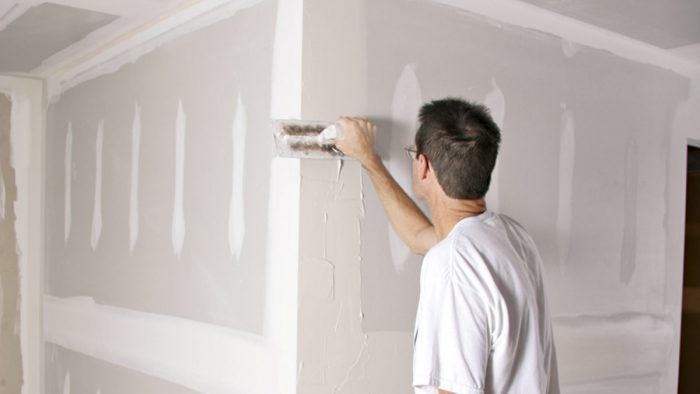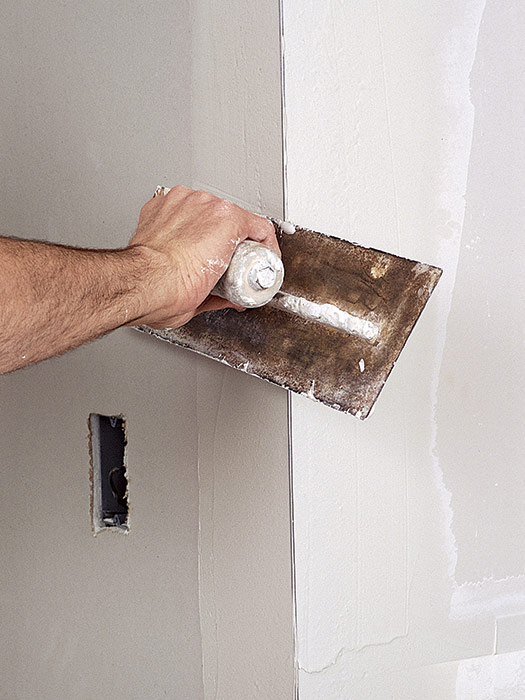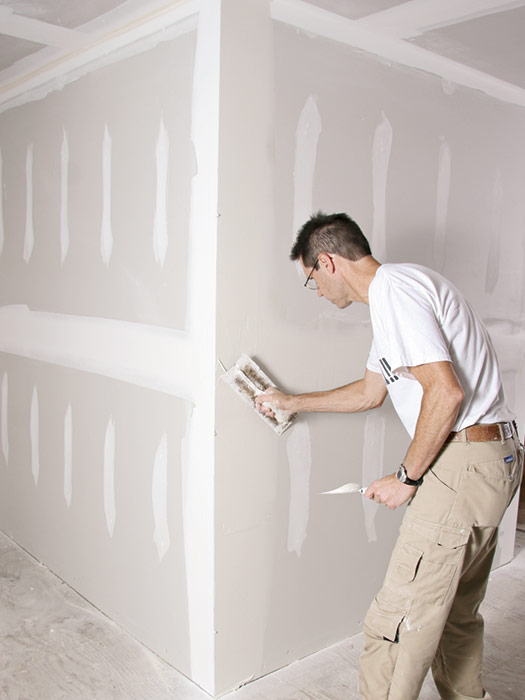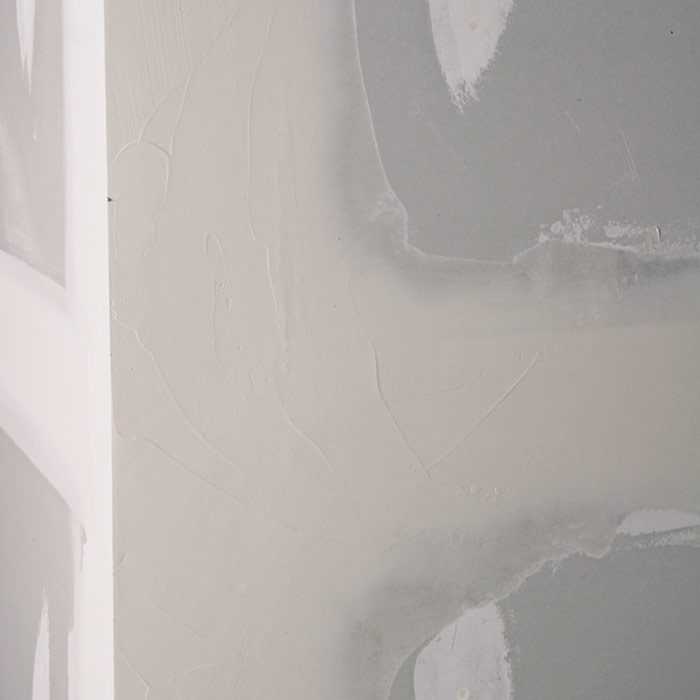Taping Outside Corners
They require corner bead and three coats of compound, but these corners are straightforward to tape.

For me, outside corners are a lot easier to tape than inside corners. There is no need to put any tape on the corner bead (though you can tape the edge of metal corner bead to reduce corner cracking). In addition, there are usually no seams or gaps along the corner bead edge (if there are gaps, use joint tape). This advice also applies to the newer tape-on or glue-on beads, which I prefer over nail-on metal beads.
First coat
Apply the first coat of joint compound to the corner bead as you go through taping seams and inside corners throughout the room. Just blend in the areas where seams or corners intersect the corner bead. Using a 5-in. or 6-in. taping knife, cover the bead with joint compound and then press the compound into place with the edge of a beveled trowel or taping knife. Using the raised outside edge of the corner bead as a screed, pull the trowel along the corner, smoothing out the compound and feathering the edge along the drywall surface. Some of the newer beads—particularly the tape-on beads—are tight-fitting and require only one fill coat and a third (finish) coat. In this case, apply a wider first (fill) coat and pay more attention to getting it smooth.
| WORK SMART: For a doorway wrapped with corner bead, use fiberglass-mesh tape at the corners to reinforce the area where the two beads meet. |
Second coat
Outside corners are easy to second coat, because the raised outer edge of the corner bead acts as a screed for smoothing the compound. Apply the joint compound about 10 in. wide. Using a wide taping knife or a beveled trowel, apply pressure on the outside edge of the joint compound and on the edge of the corner bead, holding the trowel almost flat against the compound. When you’ve finished the second coat, the outer raised edge should still be visible, the center should be smooth, and the edges should be feathered into the surface of the panel.
If a seam or an inside corner intersects an outside corner, both areas can be taped at the same time. Blend the areas together, filling and smoothing as necessary with a 6-in. or 12-in. taping knife. You need a very light touch at the intersection—just skim the surface with the edge of the knife to avoid marking up the other seam. Blending the two seams together when they are both wet can be tricky, so an alternative is to apply the second coat on the corner and allow it to dry before second coating the intersecting seam.
Third coat
Apply the final coat of joint compound to the outside corners in the same way you final-coated the seams—with a 12-in. taping knife or a roller. For the final coat, use either an all-purpose compound or a topping compound (my preference).
| THINK AHEAD: As you apply the third coat, note any areas that require additional feathering or filling. You must take care of them before you sand. |
Apply a thin layer over the entire taped area, going 1 in. or so wider than the last coat. Feather the joint compound with a 12-in. taping knife. Remove most of the compound, leaving only enough to smooth the bead and feather the edge into the drywall surface.
A final check
After you’ve applied the final coat and before you start sanding, walk through each room to check that the taping job is satisfactory. Look over the seams and corners, checking for indentations, scratches, and areas where the tape shows through. Touch up any imperfections with a thin application of joint compound before going on to the finish-sanding process. If anything requires special attention, such as a crack, a crowned seam, or an overcut outlet box, correct them before you begin sanding.









